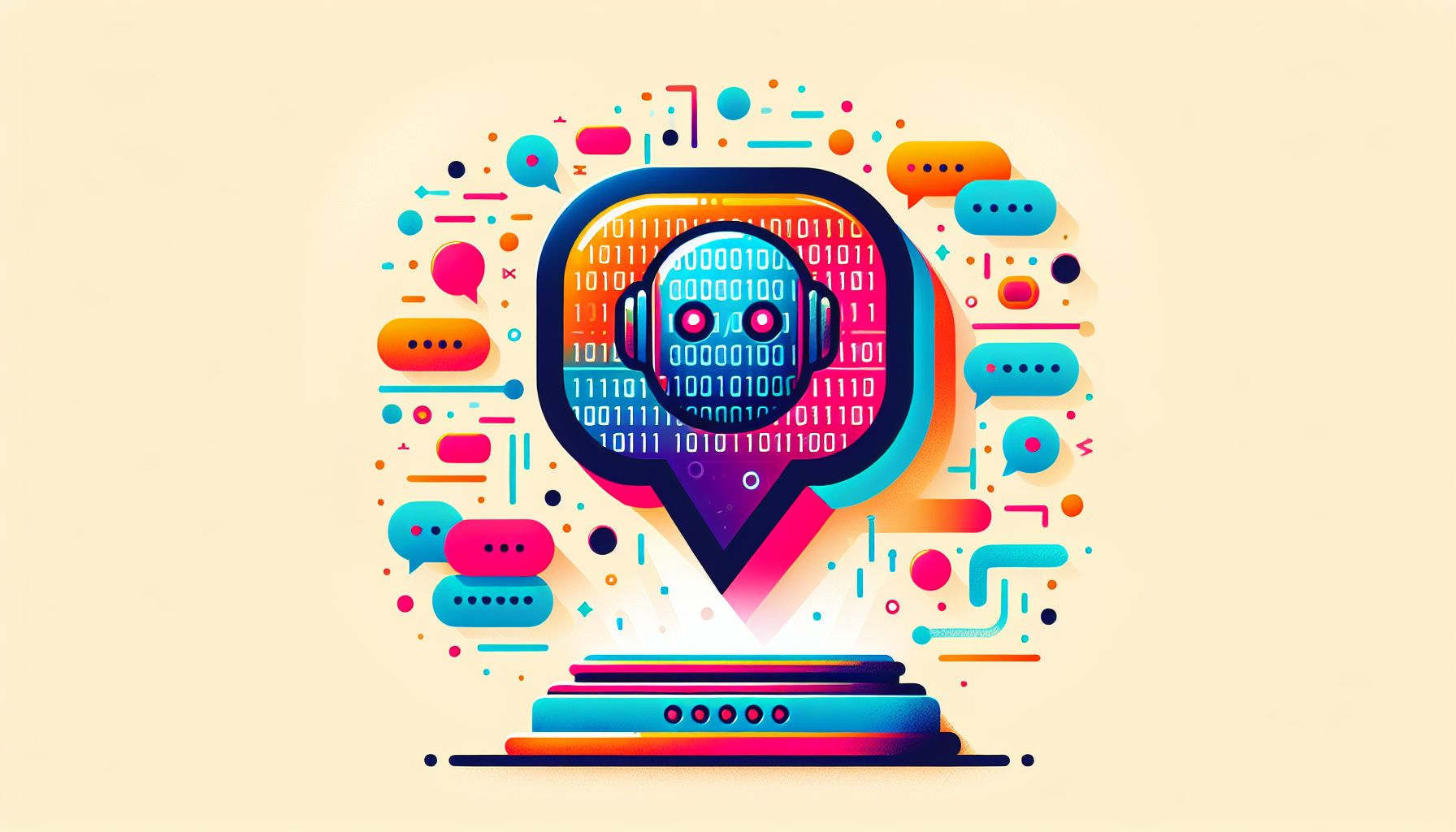| ChatGPT: Revolutionizing Human-Machine Interaction |
What is ChatGPT?
ChatGPT is a conversational AI developed by OpenAI that employs cutting-edge machine learning techniques to generate human-like text responses. Based on the GPT-3 architecture, ChatGPT is trained on a vast array of internet text, enabling it to engage in nuanced conversations across various topics. Unlike rule-based chatbots, ChatGPT leverages patterns in language to produce coherent and contextually relevant replies, making it a favorite for businesses, developers, and everyday users.
Key Features of ChatGPT
-
Natural Language Understanding: ChatGPT boasts advanced capabilities in understanding and processing natural language, allowing it to interpret user inputs more effectively than previous models.
-
Context Awareness: One standout feature of ChatGPT is its ability to maintain context over multiple interactions. This means it can build on previous messages, allowing for deeper and more meaningful conversations.
-
Versatile Applications: ChatGPT is used in various domains, including customer support, content creation, tutoring, and entertainment. This versatility makes it a valuable asset in any setting requiring effective communication.
-
Multilingual Capabilities: While primarily trained in English, ChatGPT has exposed itself to numerous other languages, allowing it to engage with a diverse global audience.
-
Customizable Behavior: Developers can fine-tune ChatGPT’s tone and personality by providing it with specific instructions, making it adaptable to different brand voices and user expectations.
How ChatGPT Works
ChatGPT operates on the principles of deep learning and neural networks, more specifically, transformer architecture, which excels in understanding sequential data like text. This architecture allows the model to analyze input data and predict subsequent words based on context. The extensive training on diverse datasets enables the model to generate contextually appropriate and grammatically correct responses.
Training Process
The training of ChatGPT involves two major steps:
-
Pretraining: During this phase, the model learns the statistical properties of language by predicting the next word in a sentence. This is done using a massive dataset pulled from various online sources.
-
Fine-tuning: Post pretraining, the model undergoes fine-tuning with human reviewers who assess its outputs. This phase aims to make responses safer, more relevant, and in alignment with human values.
Applications of ChatGPT
-
Customer Support: Many businesses use ChatGPT to manage customer inquiries, providing instant responses and reducing wait times. This leads to higher customer satisfaction and efficiency in service delivery.
-
Content Creation: Writers and marketers leverage ChatGPT to generate ideas, outlines, or even entire articles. Its ability to produce coherent and relevant content can significantly reduce the time spent on content creation tasks.
-
Personal Assistance: ChatGPT can function as a virtual assistant, helping users manage tasks, set reminders, or provide scheduling support, thereby enhancing productivity.
-
Gaming: In the gaming industry, ChatGPT can be employed to create dynamic narratives and provide interactive dialogues, enriching the player experience.
-
Education: Educators can use ChatGPT as a tutoring tool, offering explanations and answers to student queries, thereby supplementing traditional learning methods.
Challenges and Limitations
Despite its impressive capabilities, ChatGPT is not without challenges:
-
Misinformation: The model can sometimes produce incorrect or misleading information as it draws from vast internet sources, which can include false data.
-
Over-reliance on Patterns: ChatGPT may generate responses that are contextually accurate but lack true understanding, leading to generic replies or failure to grasp nuanced inquiries.
-
Ethical Concerns: The potential for AI misuse poses ethical dilemmas. ChatGPT can generate harmful content if not properly monitored, raising questions about responsible deployment.
-
Bias in Responses: As the model is trained on data reflecting societal biases, it may inadvertently produce biased or insensitive responses. Addressing this is an ongoing focus in AI development.
Best Practices for Using ChatGPT
To maximize the effectiveness of ChatGPT, users can adopt several best practices:
-
Clear Inputs: Providing specific and clear questions or prompts helps the model generate more accurate and relevant responses.
-
Iterative Conversations: Engaging with ChatGPT in a dialogue format allows it to build context, leading to richer interactions.
-
Feedback Mechanism: Users should utilize feedback capabilities to flag inappropriate or incorrect responses, which can help improve the AI’s performance.
-
Complementary Use: Instead of fully relying on ChatGPT for critical decision-making, consider using it as a supplementary tool, cross-referencing data when necessary.
The Future of ChatGPT
As technology progresses, the future of ChatGPT looks optimistic. Ongoing research aims to refine the model further, addressing limitations while expanding its abilities. Potential developments could include:
-
Enhanced Safety Features: Future versions may incorporate stricter safety protocols to prevent the spread of harmful content and misinformation.
-
Broader Integration: As businesses and platforms look to make AI more ubiquitous, ChatGPT could become a standard feature across various applications and industries.
-
Personalization: Future iterations may offer deeper personalization, tailoring interactions based on user preferences and prior interactions.
ChatGPT represents a significant leap forward in the realm of conversational AI, opening new avenues for interaction between humans and machines. Its applications are vast and varied, highlighting its transformative potential across different fields. As development continues, ChatGPT is poised to redefine how we communicate, gather information, and engage in digital conversations. Even as challenges remain, the journey of refining and enhancing AI capabilities promises exciting advancements in the near future. Adapting to user needs while navigating ethical considerations will be critical for the sustained success of ChatGPT and similar technologies.


